Let’s go back in time for a second—just a fun mental exercise.
Imagine you’re watching a film about ancient Egypt. Pyramids may be seen in the backdrop, hieroglyphics on the walls, pharaohs wearing golden headpieces, and, of course, Cleopatra in her regal beauty, dramatically sipping wine from a golden glass. It all feels like one big historical lump, right?
However, here’s the storyline twist that will make your mouth drop: Cleopatra lived closer to the invention of the iPhone than to the construction of the Great Pyramid of Giza. Yes, read it again.
Let’s break it down, shall we? Cleopatra lived from 69 to 30 BC, while the Great Pyramid of Giza was erected approximately 2560 BC. That’s more than 2,500 years. The first iPhone was released in 2007 AD. That means the time between the pyramid and Cleopatra was approximately 500 years longer than the time between Cleopatra and your fancy smartphone.
Isn’t that wild?
Let’s delve deeper into this historical puzzle with our Top 10 Reasons Cleopatra lived closer to the iPhone than the pyramids and why it matters more than simply as a fascinating trivia tidbit. Cleopatra lived closer to the iPhone than the pyramid
1. Timelines Aren’t as Straightforward as We Think( Cleopatra lived closer to the iPhone than the pyramids)
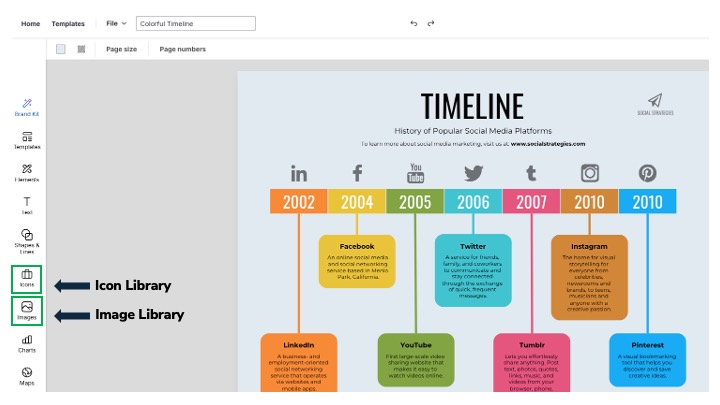
We frequently put “ancient history” into one category, presuming that everything older than 100 years is essentially the same era. But time isn’t a box; it’s a river, and events occurred far apart in ways that might baffle the mind.
The Great Pyramid of Giza was constructed in 2560 BC, during Egypt’s Old Kingdom.
Cleopatra, on the other hand, governed during the Ptolemaic Dynasty in the first century BC, nearly 2,500 years later.
The iPhone arrived 2,000 years after Cleopatra.
So, if Cleopatra had a time machine, she’d arrive at an Apple store before heading to a pyramid construction site.
It’s a fun variation on how we think about history—and a reminder not to believe that everything “ancient” happened all at once.
2. Egypt’s History Is Insanely Long
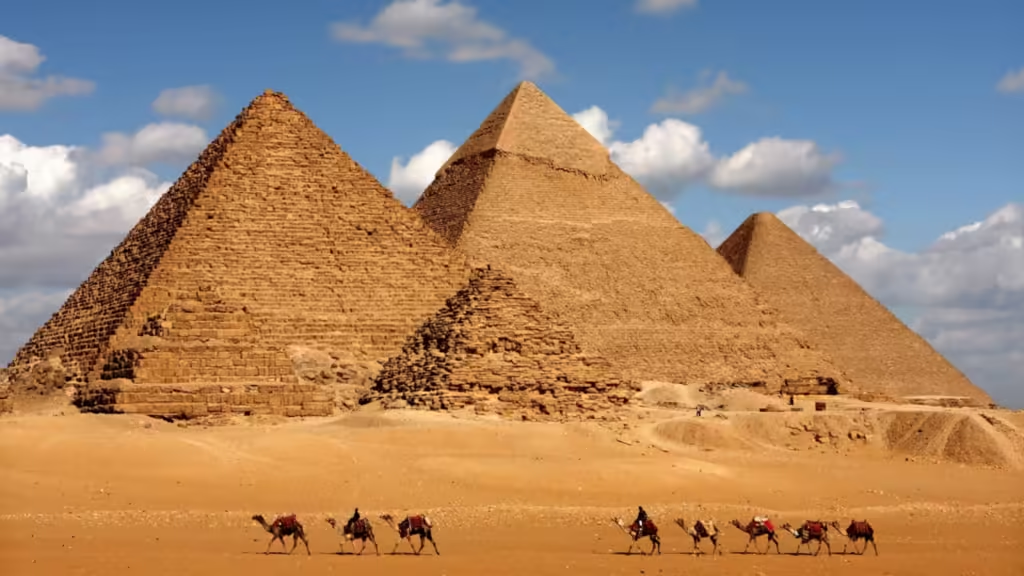
We frequently think of modern nations with histories dating back a few hundred years. However, Egypt’s history dates back more than 3,000 years—long before the Romans, Greeks, and even before writing was invented in many areas of the world.
Let us put things in perspective:
The United States is under 250 years old.
Cleopatra ruled during Egypt’s final dynasty, long after the pyramids were in ruins.
Cleopatra believed the pyramids were older than Stonehenge is today.
In fact, it is possible that Cleopatra visited the pyramids as ruins, possibly as a visitor. Imagine her standing there, just like us, amazed at their immensity and asking, “How the heck did they build these?”
3. The Pyramids Were Already Ancient by Cleopatra’s Time

Here’s something that will alter your perception: Cleopatra was as far from the builders of the pyramids as we are from Homer’s Odyssey.
That’s correct. When Cleopatra walked on Earth:
The pyramids were 2,500 years old.
They were closer to her history than the invention of the iPhone is to today.
So, Cleopatra did not build the pyramids. She probably had no idea how they were created, as that knowledge had been lost for generations by the time she arrived.
It’s like we’re trying to figure out how the Antikythera mechanism works without the internet.
4. The Ptolemies Were Greek, Not Egyptian
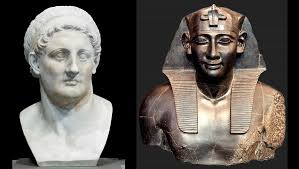
One of the most shocking aspects for many people? Cleopatra was not ethnically Egyptian. She was Greek.
She was a descendant of Alexander the Great’s general, Ptolemy I. After Alexander died, Ptolemy assumed control of Egypt, establishing a nearly 300-year dynasty. Cleopatra was its final monarch.
So, while Cleopatra embraced Egyptian culture and even mastered the Egyptian language (unusual for a Ptolemy), her ancestry was entirely Greek.
This means:
Cleopatra ruled after the people who created the pyramids had passed away.
Egypt was a mixing pot of cultures, including Greek, Egyptian, Roman, and others.
It’s like comparing the folks who built Stonehenge to those who built the Eiffel Tower—both from the same nation, but in completely different eras.
5. Cleopatra Was a Contemporary of Julius Caesar and Mark Antony
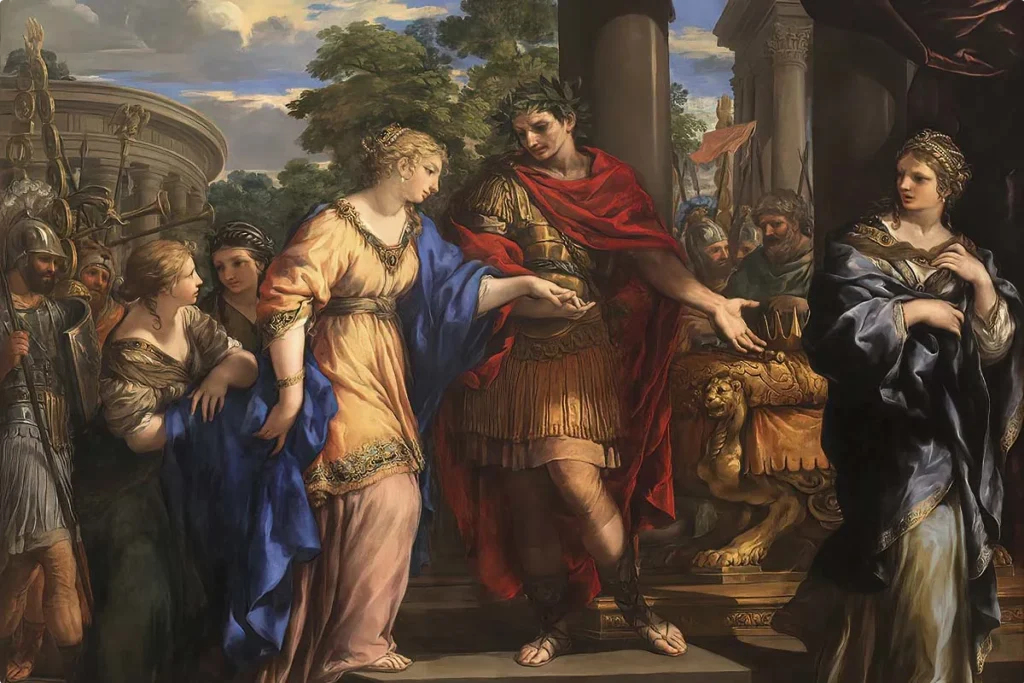
While the pyramids were ancient wonders, Cleopatra was immersed in a modern world of politics, alliances, and conflict.
She had romantic and political relations with Julius Caesar and later Mark Antony, two important figures in Roman history.
Think about it:
Cleopatra visited Rome.
She owned Roman coins with her face on them.
Caesarion, her son with Julius Caesar, used as a political pawn during the Roman civil wars.
We’re talking about a time more akin to Shakespearean theater than prehistoric tomb-building.
If she had lived a few decades later, she might have missed it all and instead of writing on papyrus, scrolled on Instagram.
6. We Romanticize Cleopatra but Forget Her Modernity

When we think of Cleopatra, we generally imagine her surrounded by golden decor, relaxing in marble baths, and being attended by slaves wearing peacock feathers. Sure, there’s some truth to that.
But, Cleopatra was also:
A polyglot who spoke many languages.
A strategist who successfully traversed one of history’s most perilous political environments.
A scholar with training in mathematics, astronomy, and philosophy.
She was more than just glamorous; she was also smart, shrewd, and political.
If she were alive today, she would most likely have her own TED Talk series and be trending on X (previously Twitter) every week.
7. Technology Moves Fast, But So Does Perception

Think at how quickly technology has advanced since 2007:
We moved from iPhones to AI helpers.
From Facebook walls to TikTok trends.
From messaging to FaceTime, across continents.
Consider Cleopatra looking at a smartphone. Mind-blown? Probably. However, she might have felt the same way while touring the pyramids. To her, they were a technological mystery, just as a phone would be to someone from the 1700s.
Time alters our perceptions, but it also serves as a reminder that “modern” is a question of perspective.
8. The Power of Contextualizing History

When we discover Cleopatra lived closer to the iPhone than the pyramids, we are forced to consider history as dynamic, evolving, and interrelated.
It tells us:
Not everything that is ancient is the same.
Civilizations come and go, but their stories overlap.
Historical characters did not live in some monolithic “ancient past”; instead, they lived in the present, just like us.
This viewpoint increases our appreciation for what they did with the tools they had—and reminds us that we’re not so different.
9. Cleopatra’s Era Was Closer to Modernity Than You Think
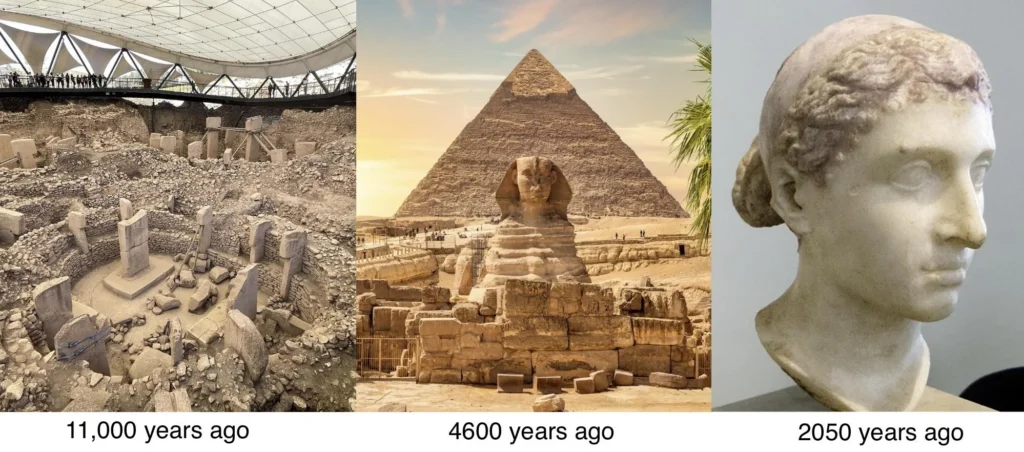
People in Cleopatra’s era had:
Libraries (such as the Library of Alexandria, one of the ancient world’s most important knowledge hubs).
Astronomy that can track planetary motion.
Surgical equipment, makeup, irrigation systems, and even toilets!
They were not “primitive.” They were innovative for their time, just as we are now. The only difference is that we have smartphones, whereas they had scrolls.
But here’s the kicker: Many of today’s problems—power battles, love, ambition, betrayal—were also there back then.
History is about more than just the past. It is about human stories. And Cleopatra’s is among the most fascinating.
10. It Changes How We Think About Time

Finally, this mind-blowing truth reminds us that time is not a straight line, but rather a tapestry of overlapping strands.
When we say Cleopatra lived closer to the iPhone than the pyramids, we’re not just making a comparison. We are altering our understanding:
Progress
Culture
Legacy
And it serves as a reminder that what we consider “ancient” may be closer than we realize—and that what we consider “modern” may vanish in an instant.
If Cleopatra looked at our world now, she would undoubtedly be amazed. But she’d also notice something familiar: people working, constructing, loving, and leaving their mark.
